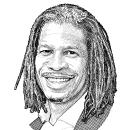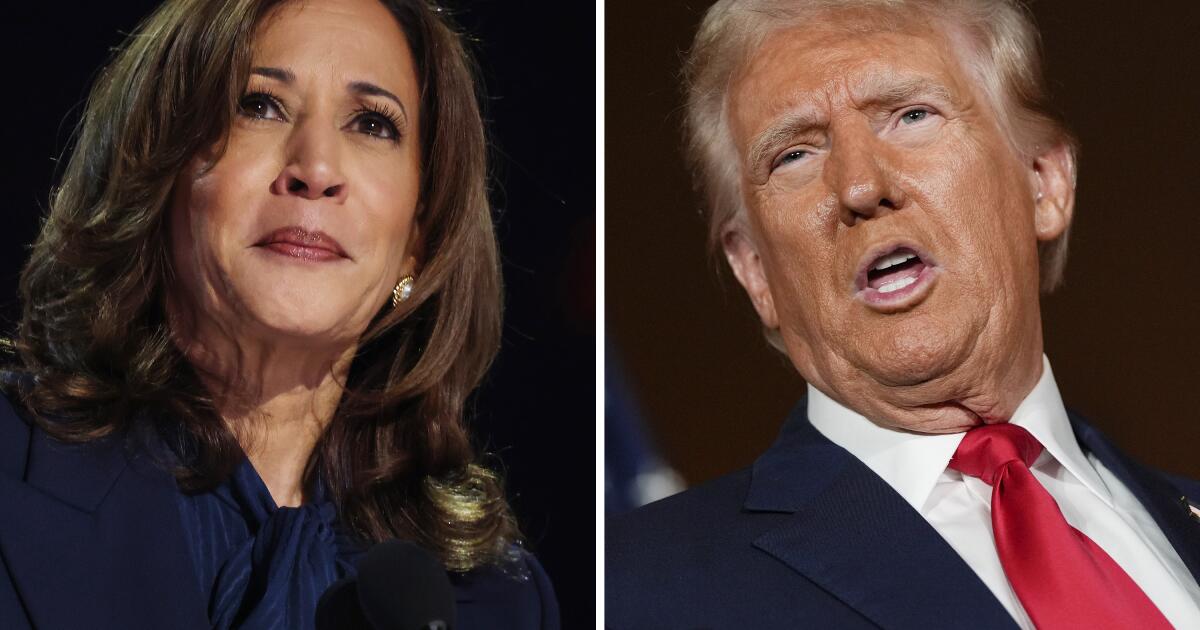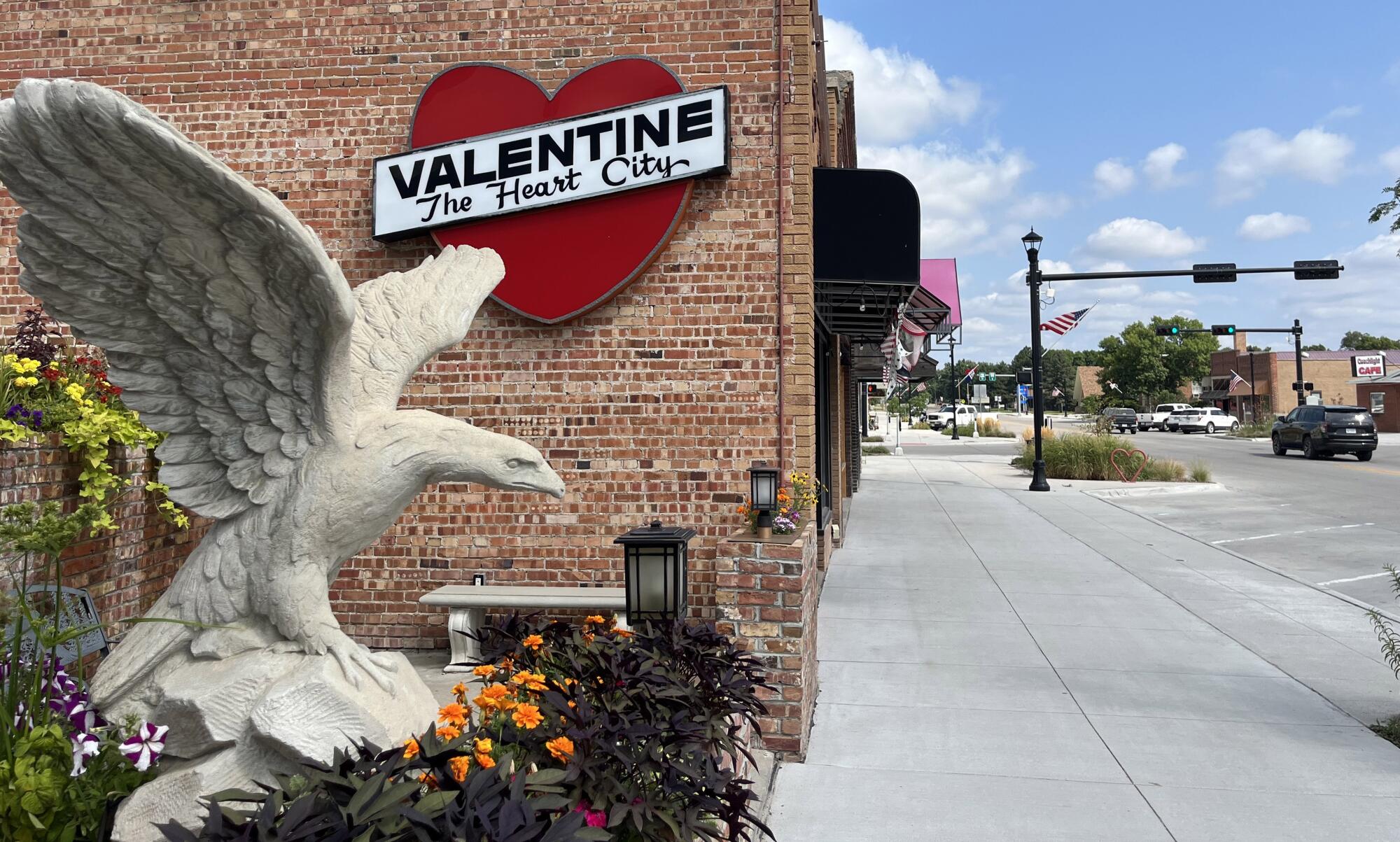NEW DELHI (Reuters) – From transporting voting machines on camelback to remote corners of its vast western desert to bolstering control rooms for monitoring malicious deepfakes, India is preparing to run the world’s largest election due by May.
More than 960 million Indians are registered to vote at over one million polling stations across the country in a mammoth electoral exercise with 2,400 political parties that may contest, and during which Indian Prime Minister Narendra Modi will bid for a rare third term.
India could announce in weeks the dates for general elections that Modi is widely expected to comfortably win.
The nation’s election commission – tasked with conducting a fair vote – will for the first time set up hundreds of control rooms dedicated to spotting fake content on social media.
The teams will continuously monitor feeds, analyse narrative, sentiment and content, the commission’s top officer Rajiv Kumar said at a press briefing on Thursday. “And whenever anything which is factually incorrect, they will take whatever action they can take.”
Actions including issuing notices or filing police complaints against creators of content that disturbs a level-playing field, is communally charged or incorrect.
Indian officers may also block web addresses or request social media platforms to take down fake content, Kumar added, armed with legal powers enhanced since India’s last national election in 2019.
“But we will tread on this cautiously, as there is a thin line between freedom of speech, criticism and disturbance.”
The Indian election commission’s small scale operation in New Delhi with 400 to 450 officials will quickly expand to rope in 15 million employees to conduct this election.
From transporting voting machines to the world’s highest polling station in the nation’s north at 15,000 feet (4572 m) above sea level, or visiting homes of some octogenarians to collect votes – these employees will do it all.
The commission hopes the country’s 2019 record voter turnout of 67% will improve and has hosted awareness programs for voters in regions where fewer people voted than the national average, Kumar said.
(Reporting by Shivangi Acharya, Additional Reporting by Munsif Vengattil, Editing by Josie Kao)


